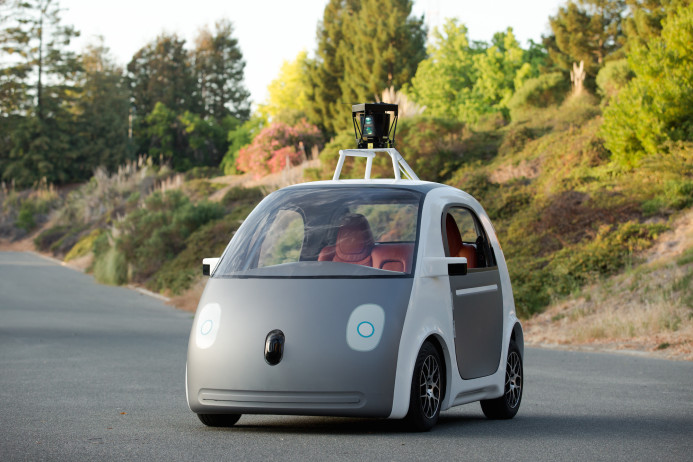Augmented and Virtual Reality enthusiasts…unite!
If you happen to be one of the lucky 5.000 attendees expected to visit the 8th annual edition of AWE USA, the largest AR+VR event in the world, you are in for a treat.
The three-day conference, which starts today – May 31st, is being held at the Santa Clara Convention Center in California and apart from exploring the “Superpowers to Change the World” theme and showcasing 250+ speakers, organizations, and startups, AWE 2017 will also introduce an amusing and highly interactive 20.000 m² AR+VR experience center, also known as the “AWE Playground”.
Visitors will be able to explore over 100.000 m² of exposition ground and connect with a total of 200 innovative exhibitors, including Wikitude who is excited to be, once again, an AWE participant, silver sponsor, featured speaker and Auggie Award finalist.
Follow Wikitude at AWE USA 2017 – (Booth #634)
Featured Talks
“Walmart’s Journey into AR // How Augmented Reality Creates Real Value in Retail”
For those interested in learning about key success factors in AR-powered service in Retail and the benefits that arise from innovative augmented reality use, this one is for you. Wikitude CEO Martin Herdina shares the stage with Walmart’s Systems Analyst, Steven Lewis, on June 1st from 12:15 pm to 12:30 pm, Room J (Consumer Track).
Wikitude CTO Philipp Nagele will present an in-depth look into the company’s recent developments and talk about what the next version of the Wikitude SDK will offer augmented reality developers. Don’t miss the session happening today (May 31st) from 1:30 pm -2:15 pm, Room 209/210.
Press Conference
Want to hear the BIG news? Wikitude is among the selected group of companies speaking at AWE’s press conference this year. Join the most influential tech journalists in the industry on Thursday – Jun 1st, at the Main Stage starting from 9:30 am to hear the latest and greatest news on augmented reality, virtual and mixed reality. Companies joining the AWE press conference are:
Digibit
Epson
Kopin
Manomotion
Massless
Meta
Miralupa
Optinvent
Re’Flekt
Resonai
Shadow Creator
Sony
Tractica
Wikitude/Lenovo
Zappar
Auggie Awards
You voted and we got there! With the highest public voting count, we are proud to have been announced as an Auggie Award Finalist.
Wikitude’s SLAM (Simultaneous Localization and Mapping) SDK is competing in the Best Developer Tools category and winners will be announced on June 1st. Thanks to our strong community for the support!
Booth 634 is the place to be
Last but not least, check out Wikitude’s recent developments and meet some of the creative minds behind our tech at booth 634 in the Tools Pavillion. Wikitude will be demonstrating its latest technology advancements including its most popular feature, Instant Tracking.
Be WOWed by our secret Magic wand demo and see the ‘whole world’ changing in front of your eyes and don’t forget to take your freebie home: an exclusive Superhero Hyperphoto powered by LifePrint.
 Support
Support FAQ
FAQ















